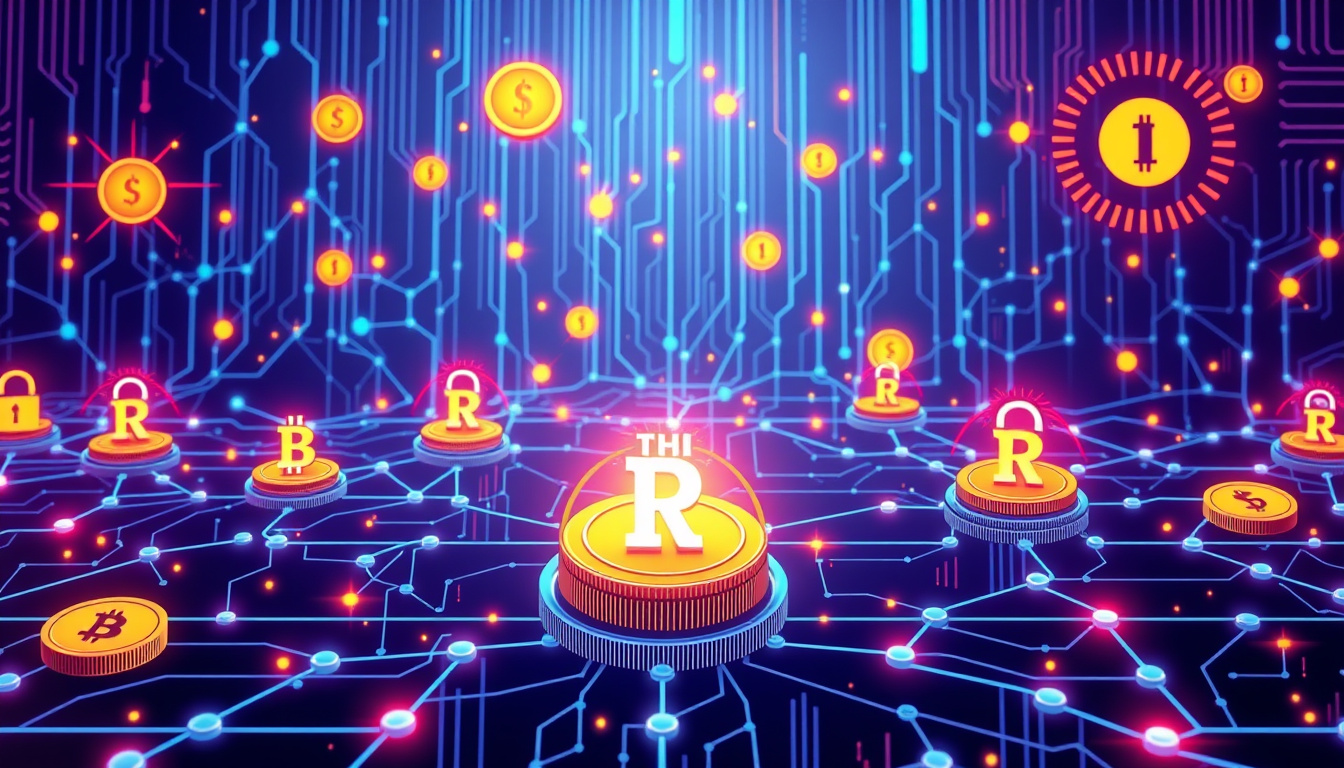Unlocking the Treasure: A Comprehensive Guide to Mining Rewards in Cryptocurrency
In the world of cryptocurrency, the concept of mining rewards is central to the operation of various blockchain networks. Whether you’re a new entrant looking to understand how blockchain technology functions or an experienced miner seeking more insight, this guide covers essential aspects of mining rewards.
What Are Mining Rewards?
Mining rewards refer to the cryptocurrency given to individuals (miners) who successfully validate and add a new block to the blockchain. This reward serves as an incentive for miners to dedicate their computational resources to secure the network and process transactions. When a miner successfully mines a block, they are rewarded with a predetermined number of coins. This process not only validates transactions but also incorporates them into the cryptocurrency’s blockchain ledger.

How Mining Rewards Function
The mining process involves solving complex mathematical problems which require significant computational power. Once a problem is solved, the resulting block is added to the blockchain, and the involved miner is rewarded. Different cryptocurrencies have varying reward structures and mechanisms for distributing these rewards.
Take Bitcoin as a prominent example. Initially, the block reward was set at 50 BTC, but through a series of programmed events known as "halvings," this reward decreases approximately every four years as more blocks are mined. As of current standards, the reward is 6.25 BTC per block, with future halvings set to continue decreasing this amount until the total supply limit of 21 million bitcoins is reached, projected to occur by the year 2140. ## Factors Influencing Mining Rewards
Mining rewards are not static; they are influenced by a variety of factors:
-
Halving Events: This scheduled reduction of rewards controls inflation within the cryptocurrency ecosystem, affecting the profitability of mining operations over time.
-
Transaction Fees: In addition to the block reward, miners may receive transaction fees from transactions included in the block they verify. These fees can provide further income, especially as block rewards diminish.
-
Network Difficulty: The mining difficulty adjusts to ensure that new blocks are added to the blockchain at a consistent rate. As more miners join the network, the difficulty typically increases, necessitating more powerful hardware and, subsequently, affecting profitability.
-
Market Value of Cryptocurrency: The value of the cryptocurrency being mined has significant implications for miners. A volatile market can enhance or diminish the profitability of mining depending on the current exchange rate.
Different Consensus Mechanisms and Their Rewards
While many cryptocurrencies, such as Bitcoin, utilize Proof of Work (PoW) for mining, others use different consensus mechanisms, such as Proof of Stake (PoS). In PoW systems, miners compete to solve mathematical puzzles, while in PoS systems, participants validate transactions based on the number of coins they hold and are willing to "stake" as collateral.
For PoS cryptocurrencies, rewards typically come from transaction fees rather than block rewards, which provides a different incentive structure compared to PoW mining. Coins such as Ethereum are transitioning from PoW to PoS, meaning the mining rewards system is evolving.
The Importance of Mining Rewards
Mining rewards play a crucial role in the sustainability of blockchain networks. They provide economic incentives critical for maintaining network security, encouraging miners to participate actively, and ensuring that transactions are processed timely and accurately. In essence, mining rewards align the interests of miners with the overall health of the network.
Conclusion
Understanding mining rewards is key to navigating the cryptocurrency landscape, whether you are directly mining, investing, or merely seeking knowledge in the crypto domain. These rewards, while rooted in technical complexity, ultimately serve as the backbone of incentive structures that keep blockchain networks functional and secure. As the cryptocurrency space evolves, so too will the mechanisms surrounding mining rewards, presenting both challenges and opportunities for participants in this dynamic field.
